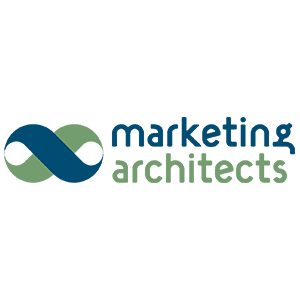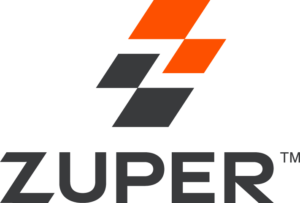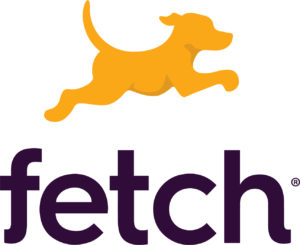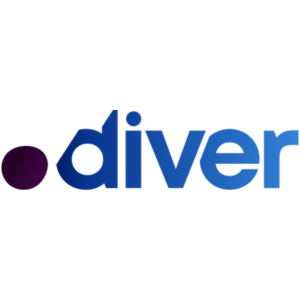Content Business Week — Syndicating Content
Benjamin Shapiro
benjshap LLC
- Part 1Content Business Week — Finding & Vetting Guests
- Part 2 Content Business Week — Syndicating Content
- Part 3Content Business Week — Monetizing Content
- Part 4Content Business Week — Audience Engagement
- Part 5Content Business Week — Repurposing Content
Show Notes
Quotes
-
“There are many moving parts in our content production process and it can’t happen without a solid team and strong internal communications. In addition to the processes we’ve built and the software and the tools we rely on, we have a team of people who work closely together. With that core group we were able to leverage the software that we have to help us manage content scheduling, content production, stay organized, and execute week over week.” -Todd “The trigger after the audio is edited is taking the generated transcript from that episode and then from that transcript, Yasmin generates show notes. In parallel to the creation of show notes which we eventually publish on the webpage we begin scheduling the episode on a hosting platform which is ART19, and Zori is the one who goes through that process. She writes a quick description of the episode, makes sure everything is uploaded properly and scheduled.” -Todd“From there we create a page using Squarespace that features the episode and the guest and a little bit of information about the guest and once that is scheduled on ART19 and we have the show notes complete, we tie everything together in a Squarespace page and everything is scheduled at 5 A.M. on themorning that it goes out.” -Todd“In addition to all that we have a guest communication process that we follow. During each step for the preparation of the episode being published, we are actually checking in and letting the guest know that their episode has been edited, let them have a listen and ask them what they think.” -Todd“We send another email with a reminder of the publish date and we always let our guest know that in the morning that we scheduled everything to go live. We send a link to that webpage that the guest can then share.” -Todd “Now that we are working on multiple pieces of content per week, i.e. we are doing one a day, it gets pretty complicated. So the technology you are using really matters here and we have gone through different technology platforms, we used Airtable for a really long time and we are moving to a more integrated solution in Monday.com where it allows us to not only do content production but also to understand what’s happening in the rest of our business.” -Ben “My point is you need to stay organized and understand what state each piece ofcontent is. There are lots of content calendaring tools that you can use, some of them are free, some of them are expensive but what matters the most is you that you understand what stage a piece of content is and who is responsible for it and that each stage, they have the understanding of the micro task they need to execute and who they need to hand it on to.” -Ben “We can think about it in three parts. The first is the lead up to the episode being published so we want to give them the edited audio files, give them a chance to provide any feedback and let them know the dates on which we have their episode scheduled to be published.” -Todd“The second is letting them know on the morning that their episode is being published and then providing them with a link to actually share that content and that will be a link to their unique webpage created on our website and then we encourage them to share that on social media within their network.” -Todd “Finally the third part of our communication is summary. What we give to our guests a week after their episode has been published, which runs through the statistics, we take screenshots of the performance of their episode to give them a sense of their reach and listenership of those episodes.” -Todd “Here’s the content, we hope you like it. If you need us to make any changes, let us know. Here’s the content that is published today, we would love for you to share it. Here’s how the content performed and here’s how we would like to continue to work with you.The reason why I am breaking down what Todd said in a more simplified fashion is, when you’re reaching out to your guests, this is a great way to build business relationships. It’s a great way to show your professionalism.” -Ben “ART19 is the platform on to which we load the edited audio file and also determine the publish date where we actually schedule when ART19 will release that audio file into the podcast feeds and also allows us to do things like dynamic ad insertion.” -Todd “Whether you are going to pay for content syndication, whether you are trying to drive organic content syndication, a couple of things to think about. Learn the channels, are you getting to the biggest platforms within your medium, do you have people that are going to syndicate the content for you, can you pay the syndicated content and the last one is do you have the ability to drive organic growth.” -Ben
- Part 1Content Business Week — Finding & Vetting Guests
- Part 2 Content Business Week — Syndicating Content
- Part 3Content Business Week — Monetizing Content
- Part 4Content Business Week — Audience Engagement
- Part 5Content Business Week — Repurposing Content
Benjamin Shapiro
benjshap LLC
Up Next:
-
Part 1Content Business Week — Finding & Vetting Guests
Each day this week, we're going to publish an episode that walks you through how you can create, publish, syndicate, monetize, and scale a business where content is the product. Joining me today is the man behind the scenes here at the MarTech podcast -a Head of Content Production, Mr. Todd Hines. In part 1 of our conversation, we discuss finding and vetting guests for your content projects.
Play Podcast -
Part 2Content Business Week — Syndicating Content
Each day this week, we're going to publish an episode that walks you through how you can create, publish, syndicate, monetize, and scale a business where content is the product. Joining me today is the man behind the scenes here at the MarTech podcast -a Head of Content Production, Mr. Todd Hines. In part 2 of our conversation, we're going to talk about publishing and syndicating your content.
-
Part 3Content Business Week — Monetizing Content
Each day this week, we're going to publish an episode that walks you through how you can create, publish, syndicate, monetize, and scale a business where content is the product. Joining me today is the man behind the scenes here at the MarTech podcast -a Head of Content Production, Mr. Todd Hines. In part 3 of our conversation, we discuss content monetization.
Play Podcast -
Part 4Content Business Week — Audience Engagement
Each day this week, we're going to publish an episode that walks you through how you can create, publish, syndicate, monetize, and scale a business where content is the product. Joining me today is the man behind the scenes here at the MarTech podcast -a Head of Content Production, Mr. Todd Hines. In part 4 of our conversation, we talk a little bit more about the people that matter, your audience, and how to increase their engagement.
Play Podcast -
Part 5Content Business Week — Repurposing Content
Each day this week, we're going to publish an episode that walks you through how you can create, publish, syndicate, monetize, and scale a business where content is the product. Joining me today is the man behind the scenes here at the MarTech podcast -a Head of Content Production, Mr. Todd Hines. In last part of our conversation, we discuss repurposing content.
Play Podcast










